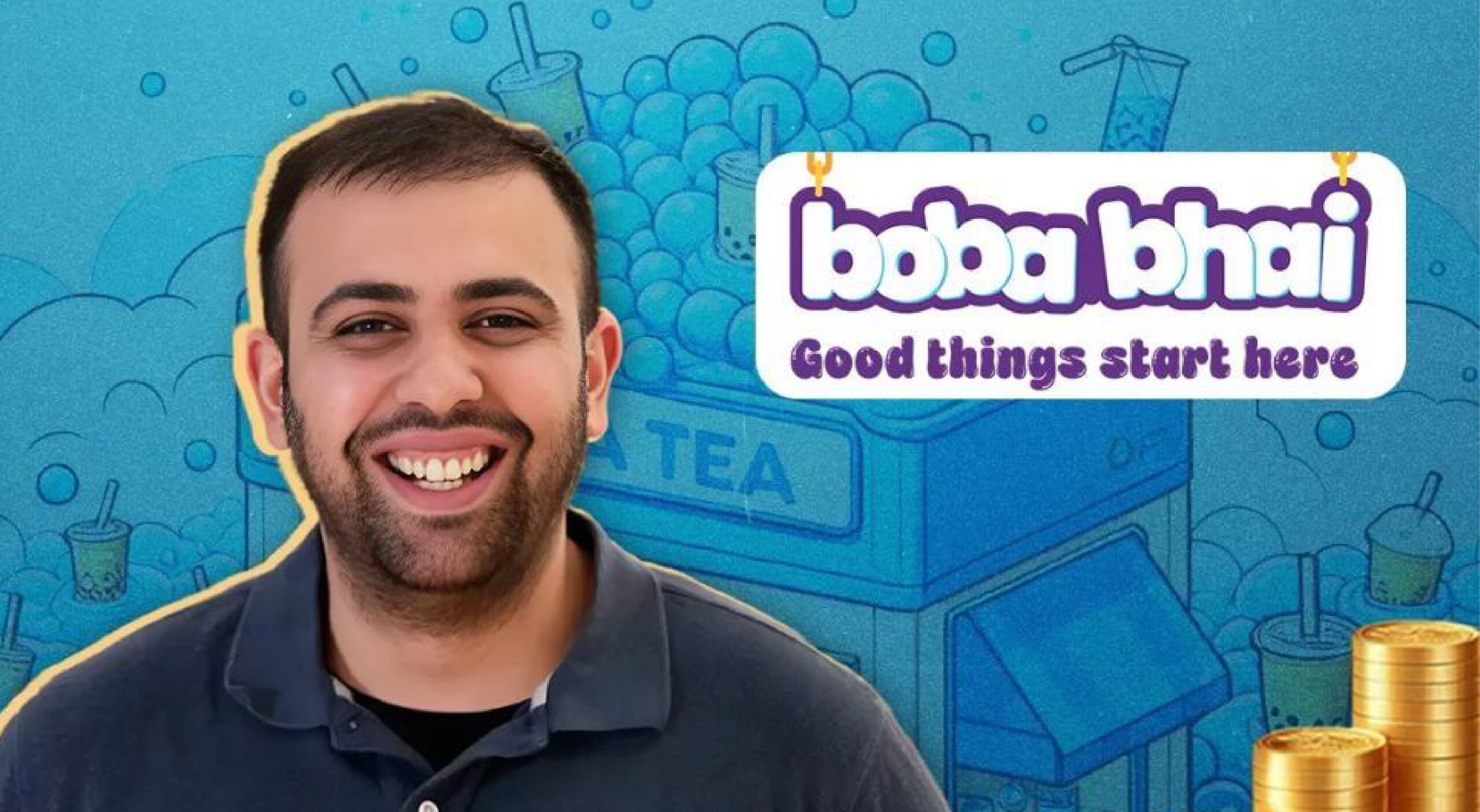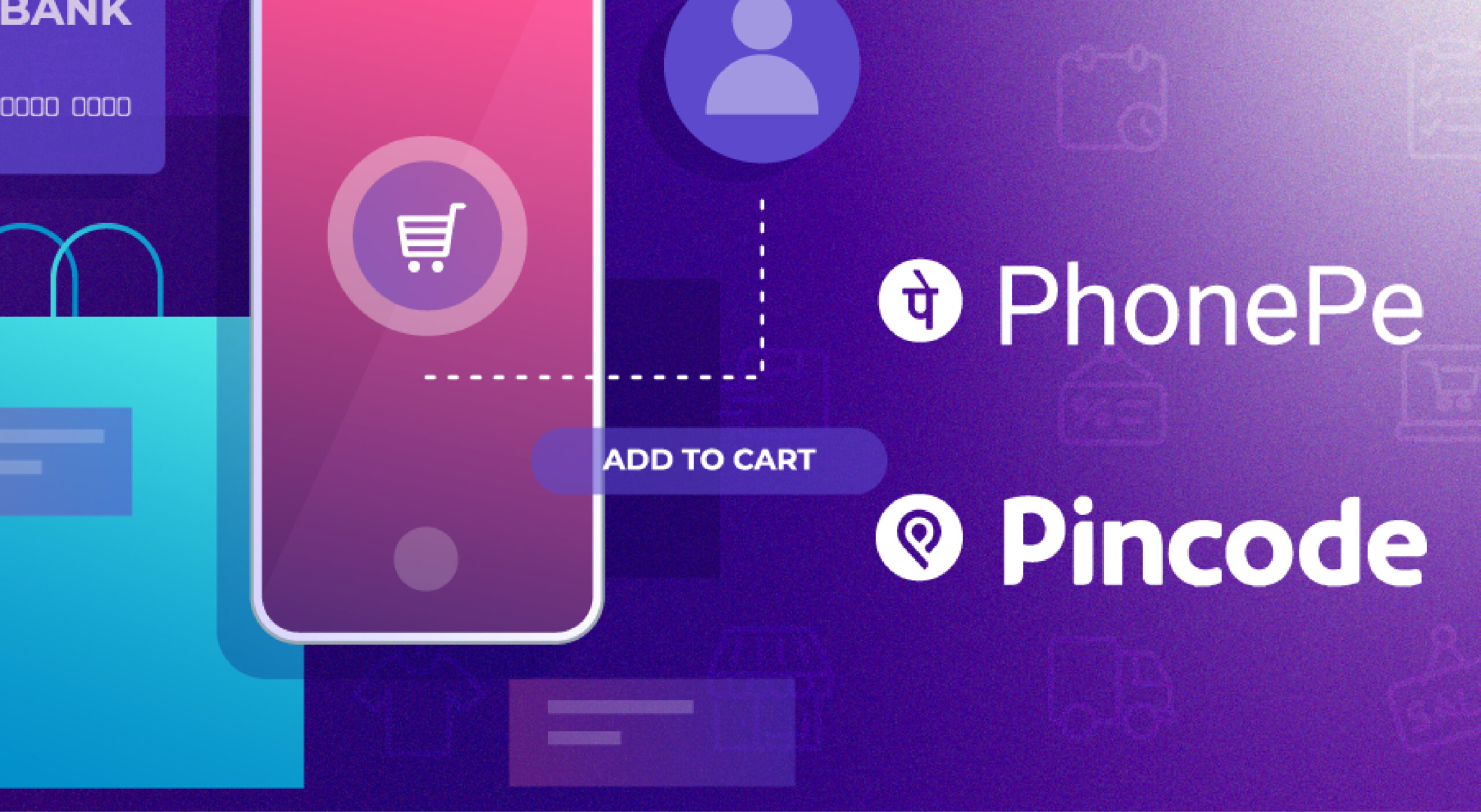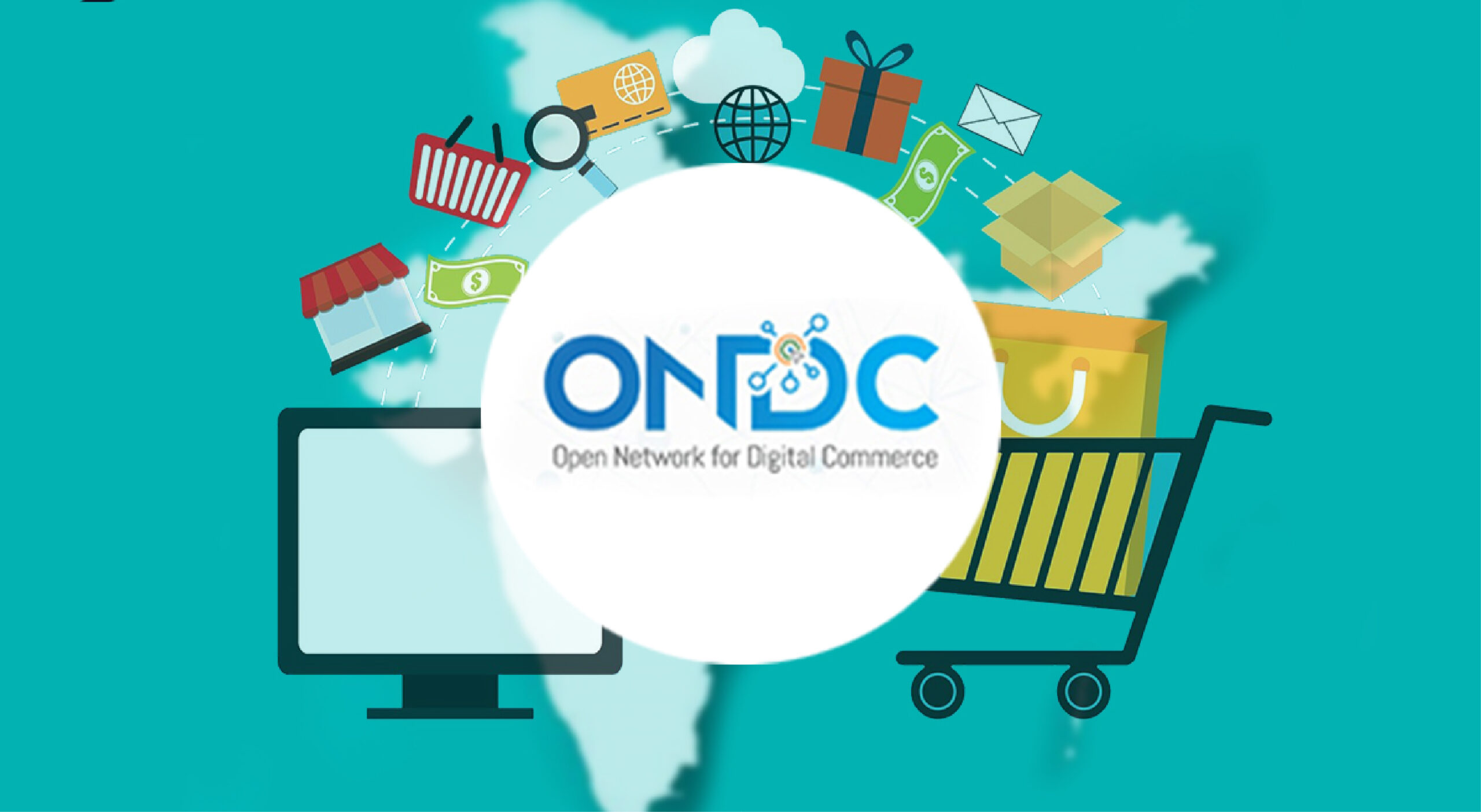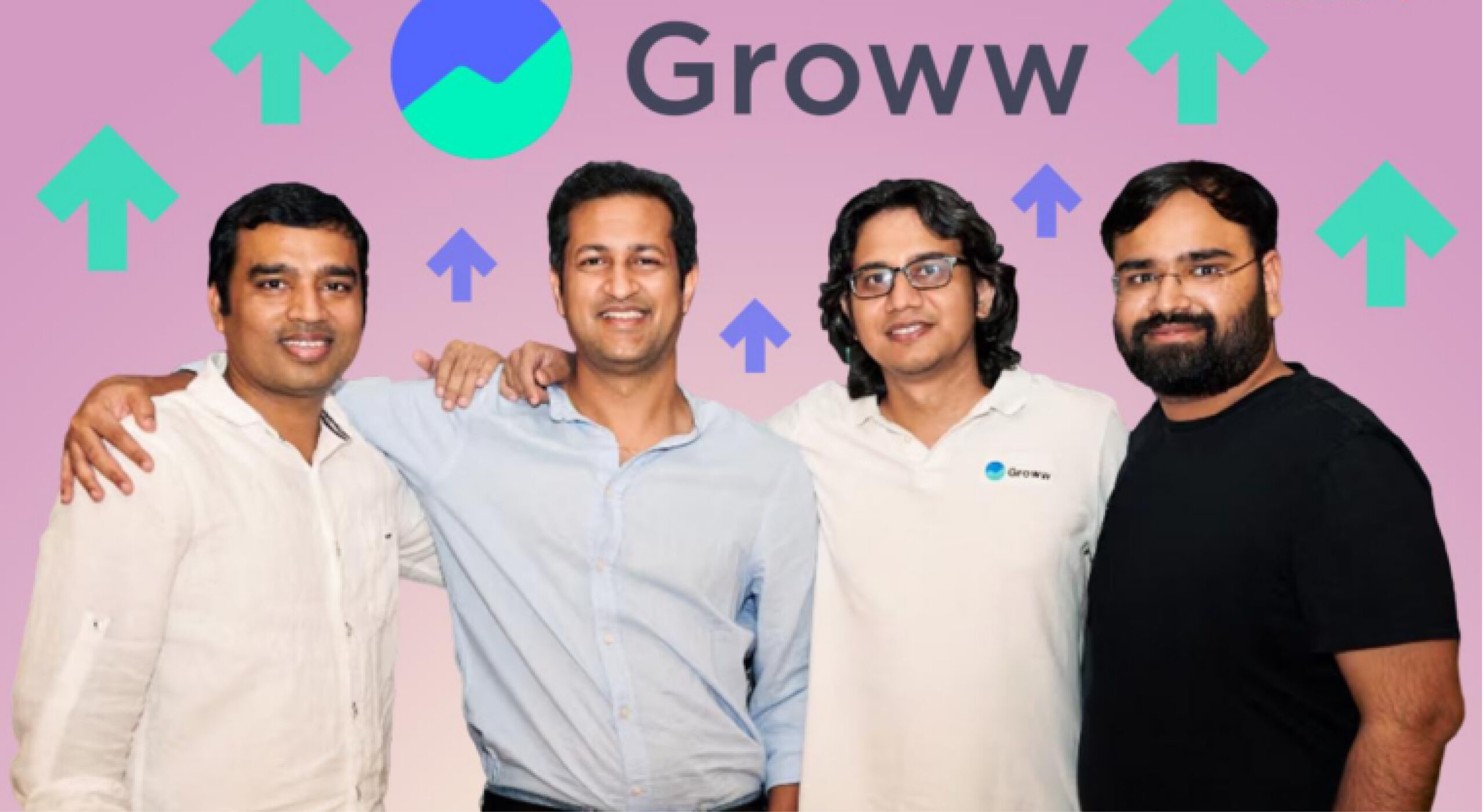Purplle’s plan to reach $250M in GMV by FY23
- ByStartupStory | October 18, 2022
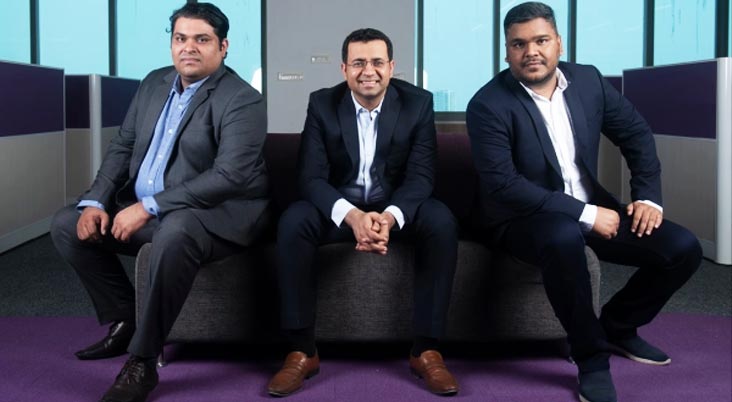
Purplle, a unicorn in the beauty and personal care industry, plans to grow its GMV (Gross Merchandise Value) by 40% and aims to reach $230 million to $250 million in FY23. In FY22, it generated a GMV of $180 million.
According to Purplle’s CEO and Founder Manish Taneja, growing the reach and penetration of its private brands in offline markets will be the next step in the company’s growth. “Starting in August, both conventional and online enterprises are booming. We billed our greatest amount ever in September (in terms of GMV). Our current growth rate from the previous year is more like 45 to 50 percent,” said Manish.
The business seems prepared to make it happen. The CAGR (compound annual growth rate) for India’s personal care and beauty industry is predicted to be 12% by 2025, when it would total Rs 1,98,100 crore. It hopes to take a bigger chunk of this industry because the pre-festive season saw a good resurgence in demand for beauty and cosmetics.
Curiously, a sizable amount of Purplle’s clientele hails from non-metropolitan areas, and the company’s primary target market remains the “lady on a budget.”
The appropriate notes seem to be touched in this piece about a lady on a tight budget. In Tier II and III cities, Purplle generates about 70% of its revenue, with an average order value (AOV) that normally increases by 2-4% annually.
Additionally, compared to new clients, repeat customers have a larger AOV. Repeat consumers on Purplle are often people who have used the service once, from purchasing products to receiving them, and are therefore more inclined to make additional purchases there, the study revealed.
Even though its internet company generates around 65% of its total sales, about 35% of its income come from its offline sales. Sales from in-house brands like Faces Canada and Good Vibes make up the lion’s share of the offline pie’s revenue. There are currently just five offline stores owned by Purplle.
“Our private brands will expand by roughly 65-70% this year, and as a company, we are increasing at 45-50% this year… Faces Canada and Good Vibes are two of these brands that are now running at a respectable scale, but Manish said the goal is to expand these brands significantly.
Since 2012, a lot has changed. Today, it has over 1,000 companies, 60,000 goods, 4-5 private labels, and close to 7 million monthly active users.
Currently, Purplle’s portfolio of private brands for skincare and beauty includes Good Vibes, Faces Canada, and Carmesi.
Private label sales have evolved into a crucial component of platforms for personal care and beauty products. This also applies to some of its rivals, such as Nykaa, run by Falguni Nayar, which receives approximately 11.2% of its revenue from in-house brands.
Of course, this tactic is not brand-new in the industry. Examples of companies benefiting from such Direct to Consumer (D2C) purchases include Nykaa and Good Glamm.
The Moms Co., Organic Harvest, and other businesses have been acquired by Good Glamm Group in the past, while Nykaa has acquired the clean beauty brands Earth Rhythm, Nudge wellness, and Dot & Key.
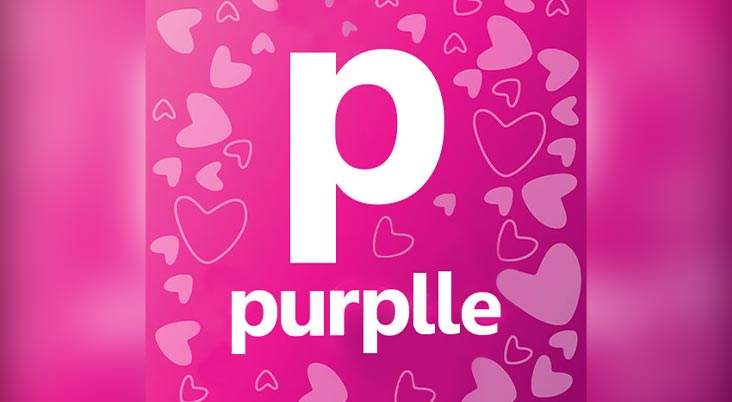
Purplle is open to acquisitions even though it currently has no intentions to grow any new brands. Faces Canada, its most recent acquisition, has made a sizable contribution to its offline revenue pie.
Making the choice to acquire (Faces Canada) was difficult. It had been around for perhaps 15 to 16 years and had through numerous ownership transitions. We had never envisioned integrating such a sizable organisation into ours, and it had roughly 1300 employees, said Manish, who now feels more comfortable pursuing larger acquisitions as a result of the Faces Canada deal.
It is not unreasonable to have this preference for a house of brands. By doing this, the likelihood of better consumer engagement is increased, and it enables marketers to target the same population with several brands and SKUs (stock keeping units).
“Adding a private label or house of brands notion gives the umbrella firm a lot more exclusivity. In-house brand growth requires more time because the go-to-market is slower. However, an acquisition is advantageous for both parties because it increases the company’s consumer base and boosts its valuation, according to Sanjay Kothari, Associate Partner at RedSeer Consulting.
When it comes to possible purchases for Purplle, money is not a constraint. According to Manish, Purplle is possibly “the most capitalized it has ever been” after raising $33 million in June of this year.
We don’t need to raise any primary capital now or even in a year from now because we have a lot of money in the bank. We have more than $100 million in the bank,” declared Manish, who has illustrious investors on its captable including Kedaara Capital, Blume Ventures, Verlinvest, and JSW Ventures.
Following Nykaa, Purplle is setting the groundwork for an upcoming IPO. Before we reach there, we have to cross a few bridges. We’ll begin preparing for an IPO in two to three years, said Manish.
The company’s main goal is to become net profitable. Purplle should turn a profit in the following two years, according to Manish, as margins increase, logistics costs decline, and marketing expenses decline as a result of loyal clients.

